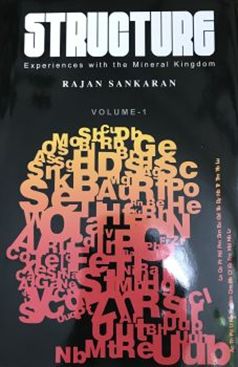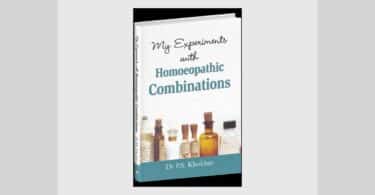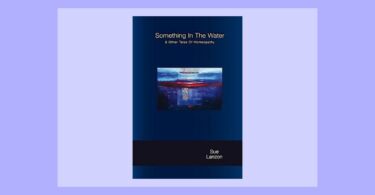Title: Structure Volume 1 and 2
Author: Rajan Sankaran
Published by: Homeopathy Medical publishers, Mumbai, India
Year of publication: 2008, vol 1 – 522 pages, vol 2 – 439 pages
Reviewer Vatsala Sperling

As a prescriber, Dr. Sankaran was routinely using mineral remedies and had taught the homeopaths how to differentiate between plant, animal and mineral energies expressed at the sensation level, but he does mention at the outset that Jan Scholten’s pioneering work on elements (1993 and 1996) had provided him a definite framework for studying the mineral kingdom. In the two volumes of this book, Structure, he has gone deeper into Scholten’s insight into minerals and painted a rich picture of the minerals from his own perspective.
In a foreword written in 2008, Roger Morrison has asked the readers to follow Dr. Sankaran’s work without prejudice. In reviewing these two volumes thirteen years later, in 2021, I find that freedom from prejudice is still a must. To understand the full extent and meaning of the ‘Sensation method’ we do have to consciously free ourselves from homeopathic prejudices (just as Hahnemann asked us to over 200 years ago) as well as let go of the social and cultural conditioning that are a part of our makeup as human beings.
In the two volumes of this book, Structure, the author has examined the concept of rows and columns of the periodic table of elements, tested them in his practice, conducted provings and understood that the periodic table is a map of human development from womb to tomb.
In our quest for finding a simillimum for our patients from among the elements in the periodic table, we must, first and foremost, identify the out of place tune that is making itself heard in the chief complaint, modalities and symptoms.
This tune could be from plants (sensitivity and reactivity), animals (survival, competition, me vs you, victim and aggressor), or minerals (lacking, forming, maintaining and losing structure.)
Once we get a glimpse of the kingdom from which the patient’s out of place tune has been borrowed, the next step is to find out the source. For spotting the mineral source, page 40-42 of volume 1 has a table of mineral source words. The beauty is that these are the words we commonly use in our day-to-day conversation, but these words do point toward mineral kingdom.
In presenting the overview of rows, the author goes into the main themes of the rows and also examines the rows for pattern of reactivity, duration of reaction, what makes them happy, how they make plans, and also what are the chief areas of pathology, fears and fantasies. Next, we get to study about the columns from 1 through 16 and learn the key words of these columns.
The halogens belonging to the column 17 – Fluorine, Chlorine, Bromine, Iodine, and Astatine – are presented together so it becomes easy for us to compare them and see how they differ from each other. Similarly, in reading about the noble gases of column 18, we get to know their key words, themes, issues and properties.
Each row of the periodic table is presented in a chapter and we get a clear picture of how the issues of a row begin in the left, rise to a peak in column 10, and then descend toward the right and come to a closure of sorts in column 18. Here is an example of row 3 that has a theme of identity.
Natrum: No sense of identity
Magnesium: Beginning to feel identity and choice but is too afraid to express it
Aluminum: Confusion about identity
Silica: Certain about who / what she is, holds on to a certain, fixed image
Phosphorus: Has an identity apart from what is given
Sulphur: Has a foolish priced about identity
Chlorine: Complete opposite of the given identity
Argon: Content with identity, develops within self to feel complete and does not need anyone
Volume 2 picks up where we leave volume 1. We begin learning about elements of row 4 onward till row 7. Issues of each row, key words for identification of the rows, as well as cases are all given with much clarity. There is a brief section on salts (combination of anions and cations.) Roger Morrison has contributed a chapter on miasms in mineral kingdom.
As a bonus, at the end of volume 2, we get to review kingdom features and differentiations, a table for understanding the 7 rows as well as the 18 columns with their issues and key words. There is also a very brief description of the key theme of each element of the periodic table and yet another table shows various elements and salts under various miasms. This section is for quick reference of course, and the full book must be read for deeper understanding of the mineral kingdom.
In short, these two volumes are full of very useful insight and information about the elements, and on the rows and columns of the periodic table where they belong and how a reflection of the energy of these elements can be identified by focusing on themes and key words as they emerge during case taking.
Volume 1 and 2 are companion books and as you master these, you can certainly spot the other song from the mineral kingdom that your patients bring to you in your practice.



